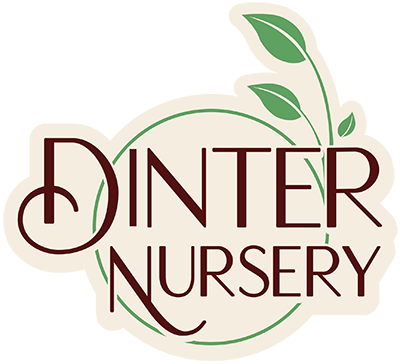Our List of Early Spring Gardening Activities
We have put together this list of early spring gardening activities so you can get the most out of your garden—and your garden planning—this year.
With some careful planning and cooperation from Mother Nature, we can have flowers in the garden almost every month of the year!
Garden Jobs
Prune summer flowering shrubs by late March (hydrangeas, roses, lavender and others)
Prune spring flowering shrubs as they finish blooming
Prune fruit trees and apply dormant spray by late March before trees break dormancy
To prepare for planting, spread compost and/or manure on flower and vegetable beds
If growth is required or colour is poor, fertilize evergreens and trees in March using a high nitrogen fertilizer
Planting
Plant any hardy containerized plants
Plant bare root trees and roses before the end of March
Raspberries & strawberries are available for planting as inexpensive bare root plants in early spring
Plant small fruits like blueberries, grapes, kiwis, and blackberries
Summer bulbs are arriving for planting - i.e. lilies, montbretia, nerines, gladiolas, and dahlia can be planted as the soil warms up
Lawns
Early spring is the time to apply lime and moss control when the weather is dry
Add fertilizer 2 weeks after liming (as grass growth starts) with a high nitrogen product and repeat in 6 weeks
New lawns can be seeded when soil warms up (usually mid-March)
Prepare soil as soon as it’s dry enough to work, aerate lawn if required (i.e. if drainage is poor)
Perennials
Divide and move plants by late March if required
The nursery has a great selection of new plants in early spring
Fertilize or mulch beds with compost to enrich soil
Watch that weeds do not get out of hand among the perennials, remove weeds before growth starts
Seeding
If a protected area is available, March is the time to plant many types of seeds
If you’re not sure of the seeding date, use the 6 week rule: plant seeds indoors for 6 weeks before planting outdoors
When planting seed, plan on enough room for transplants to be grown on
Cold frames will speed up growth of plants and harden tender plants
Direct seeding can be done for hardy plants such as sweet peas
Annuals
Most types of outdoor annuals shouldn’t be planted until mid-April at the earliest
Complete prep work: planting beds, spreading compost and/or manure, etc. and work in lime and a balanced fertilizer—this will pay great dividends later!
Only hardy annuals can be planted in early spring, such as pansies, bellis and primulas
If you have a protected area, hanging baskets and planters can be planted in early spring for a head start
Vegetables
Plant hardy items such as brassicas, lettuce, and onions in March
Peas, spinach, carrots and beets can be seeded
Feed rhubarb and mulch with organic compost
Plan your herb garden location as a perennial bed as most types are hardy
Heat loving plants such as tomatoes, cucumbers, peppers, and melons are set out mid-May
If space is limited, plant only high value vegetables or those varieties that you prize–have a plan of what you want from your garden
Spring Colour in the Garden
Spring can be a long season in our area
Most of our flowering trees and shrubs are spring-flowering
Remember that spring-blooming plants are pruned after flowering, not before
Expect a lot for colour to appear as the weather continues to warm up
With some careful planning and cooperation from Mother Nature, we can have flowers in the garden almost every month of the year!

